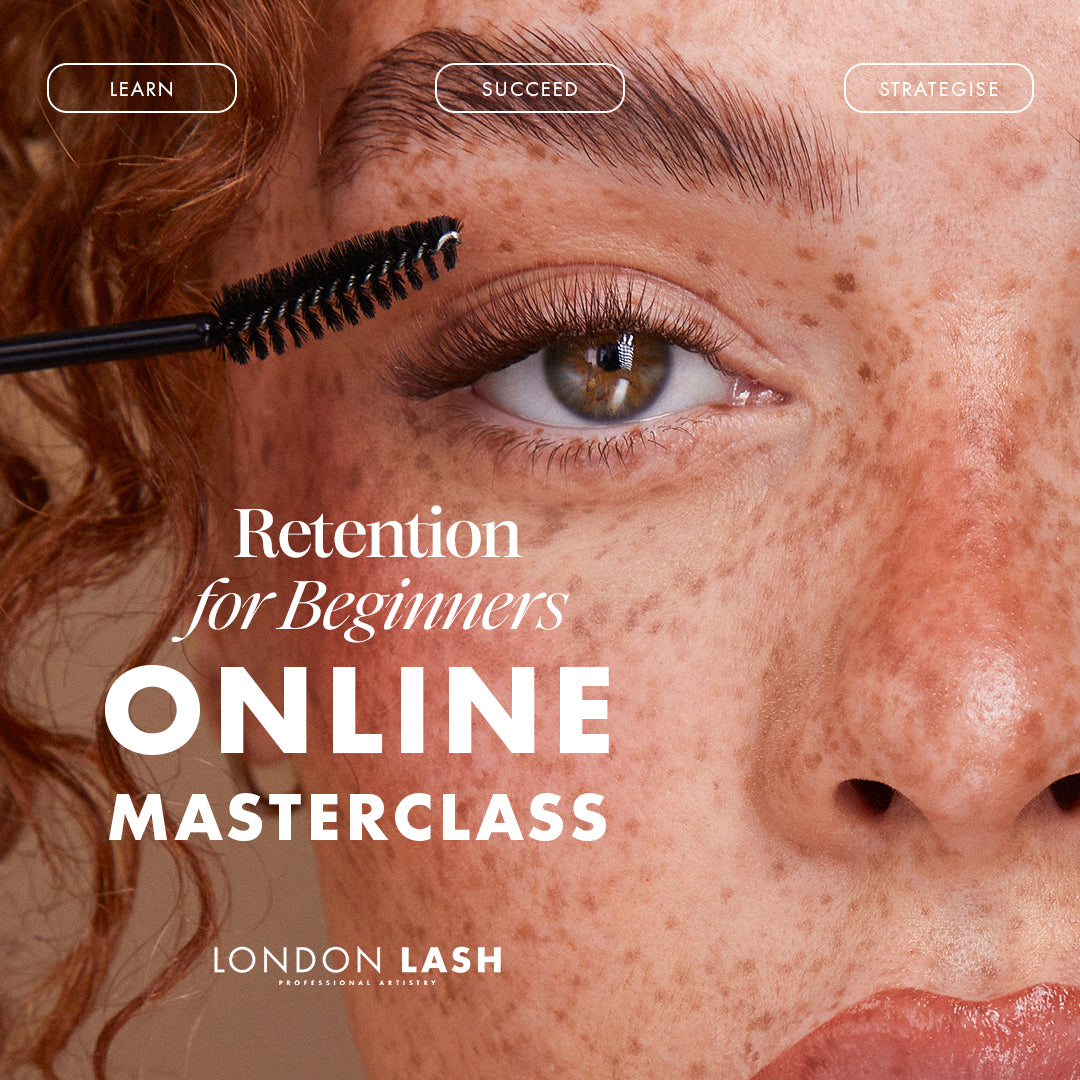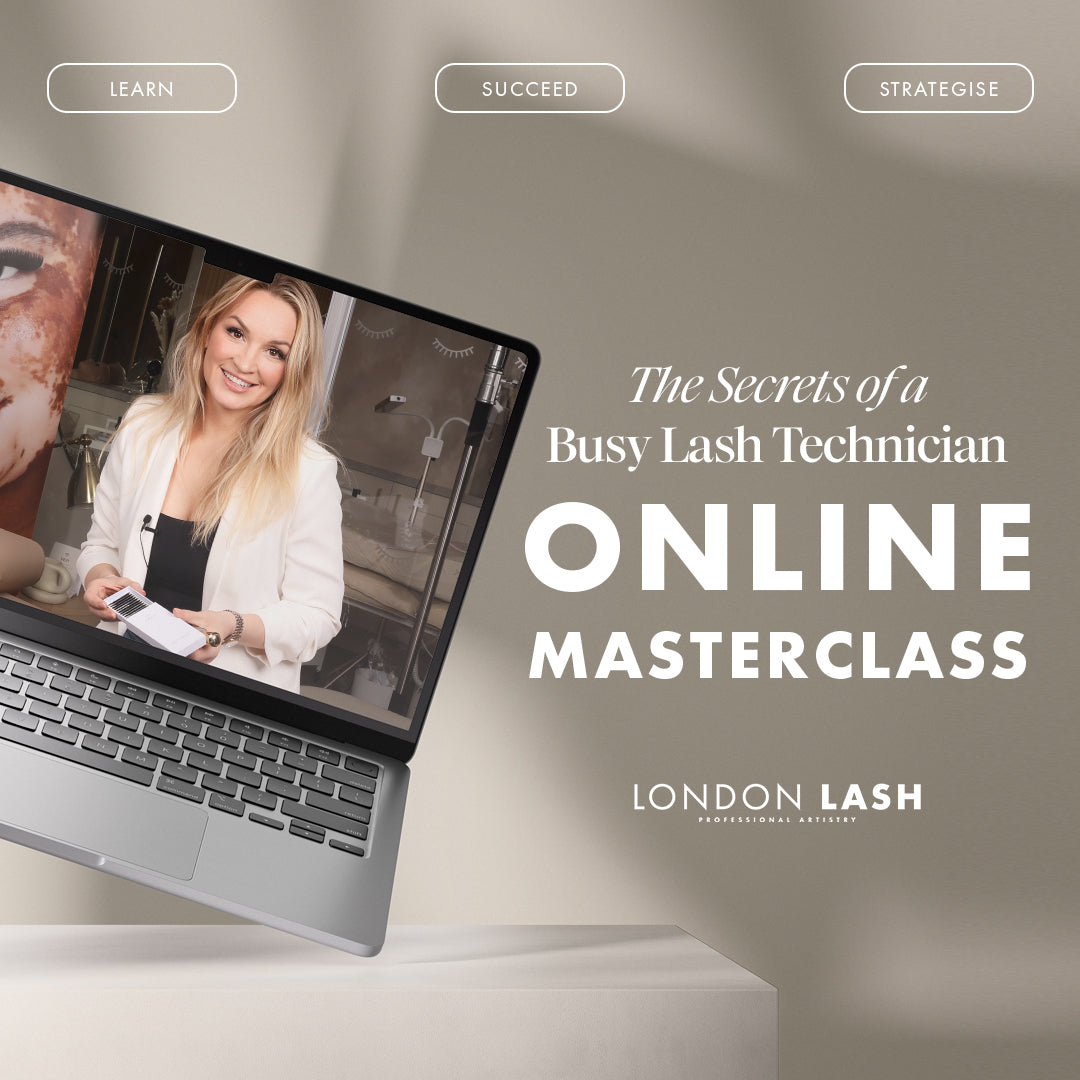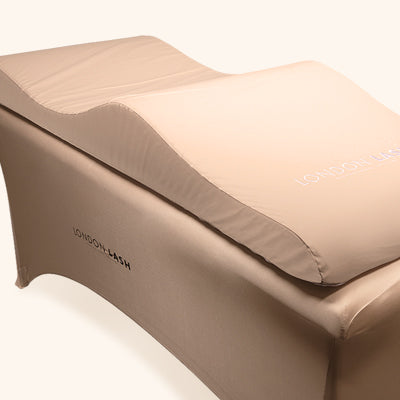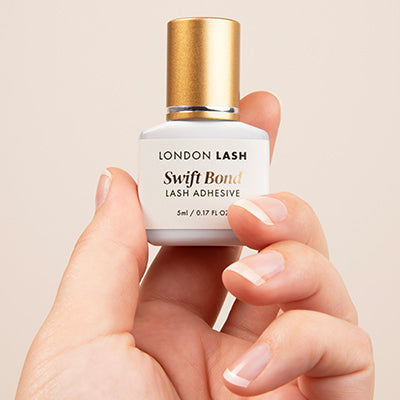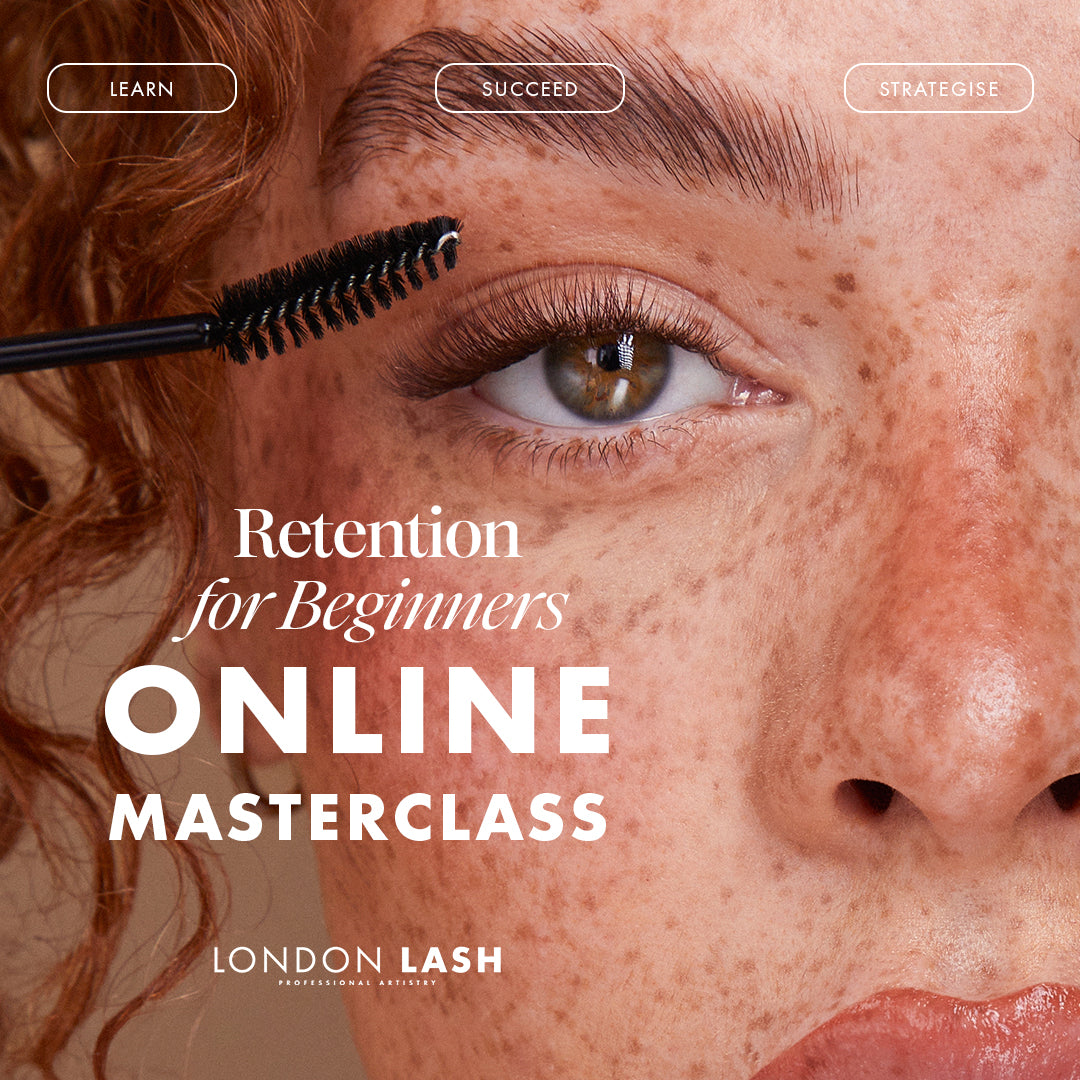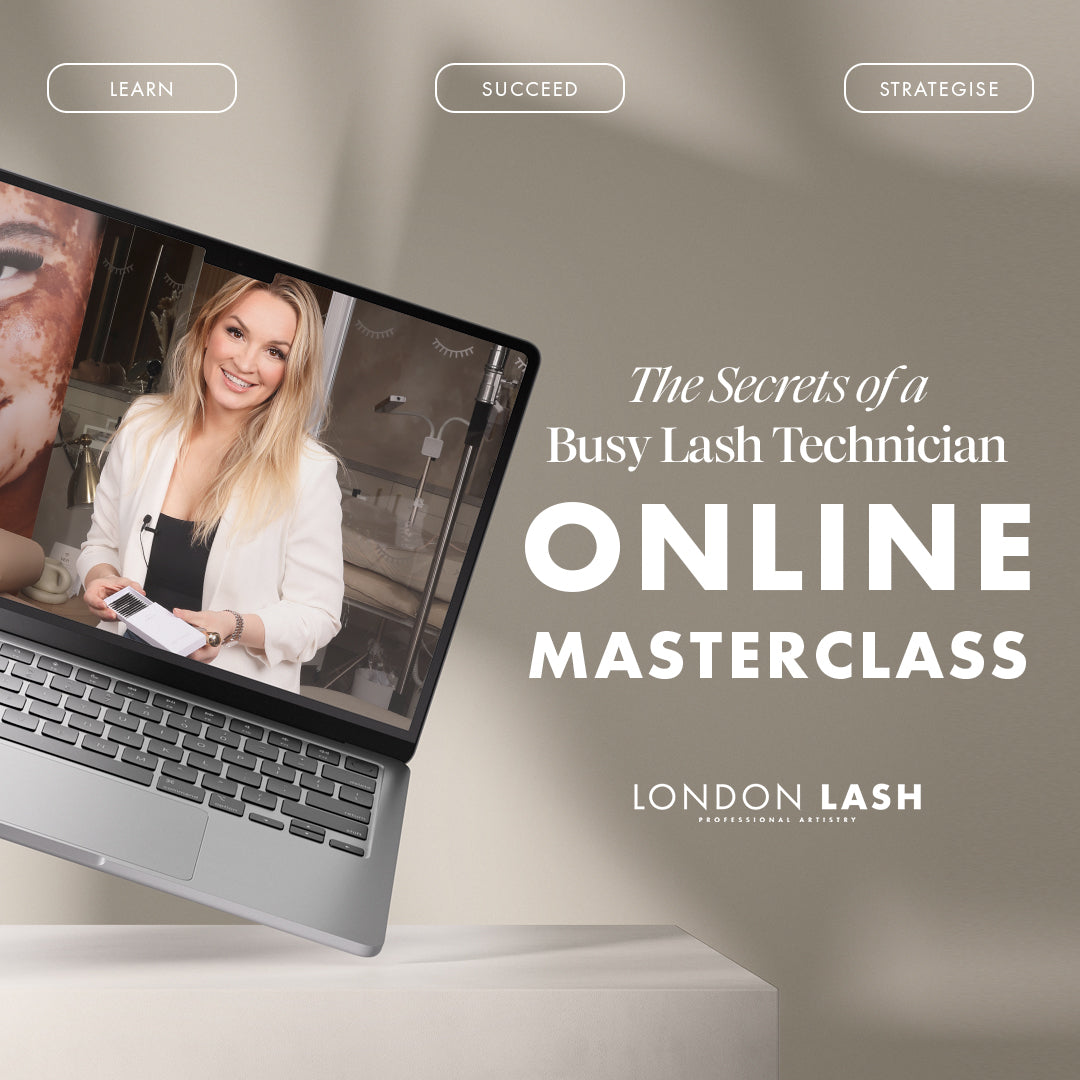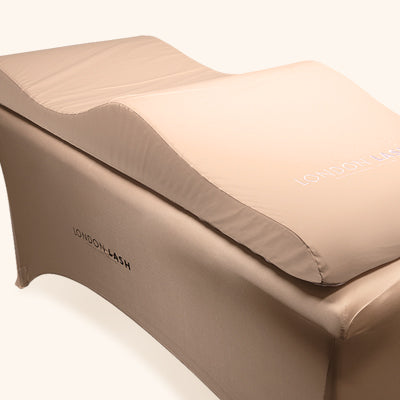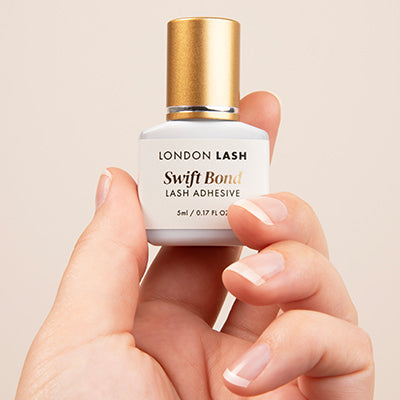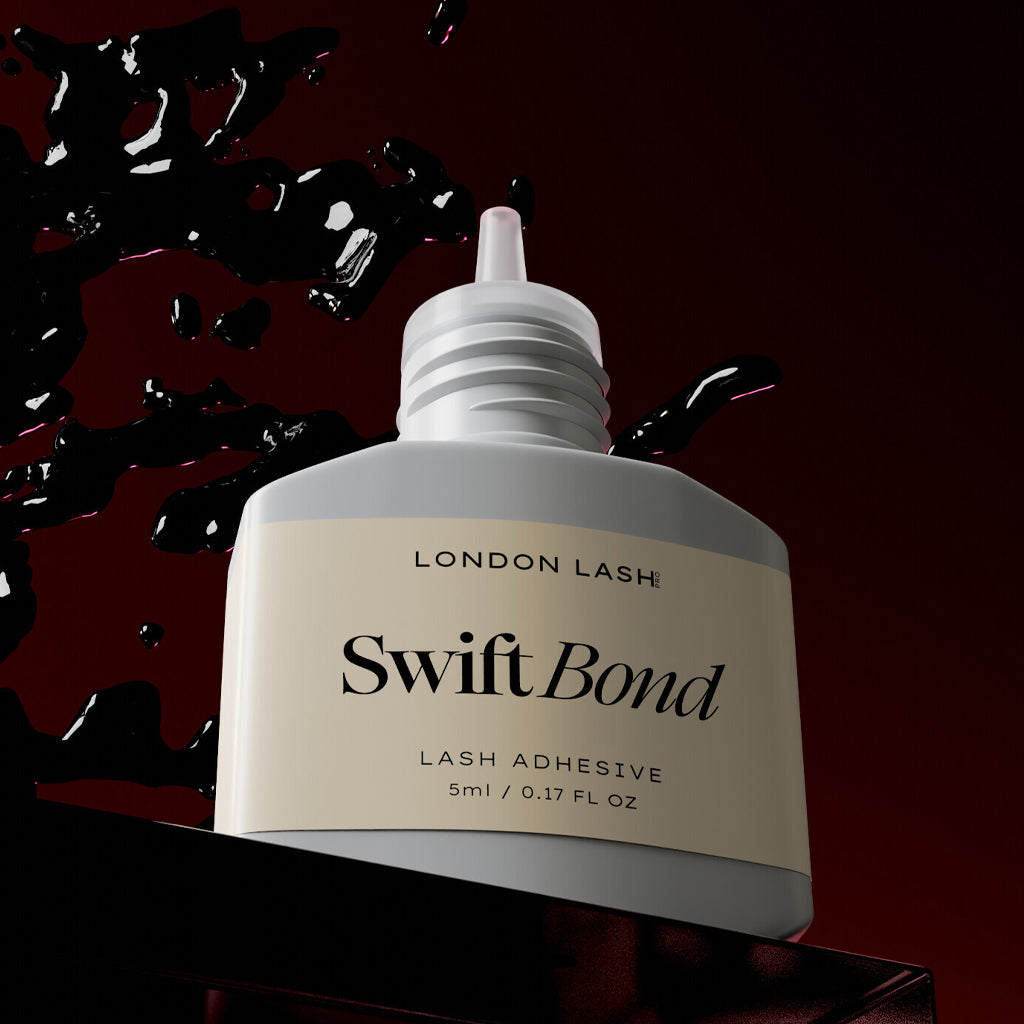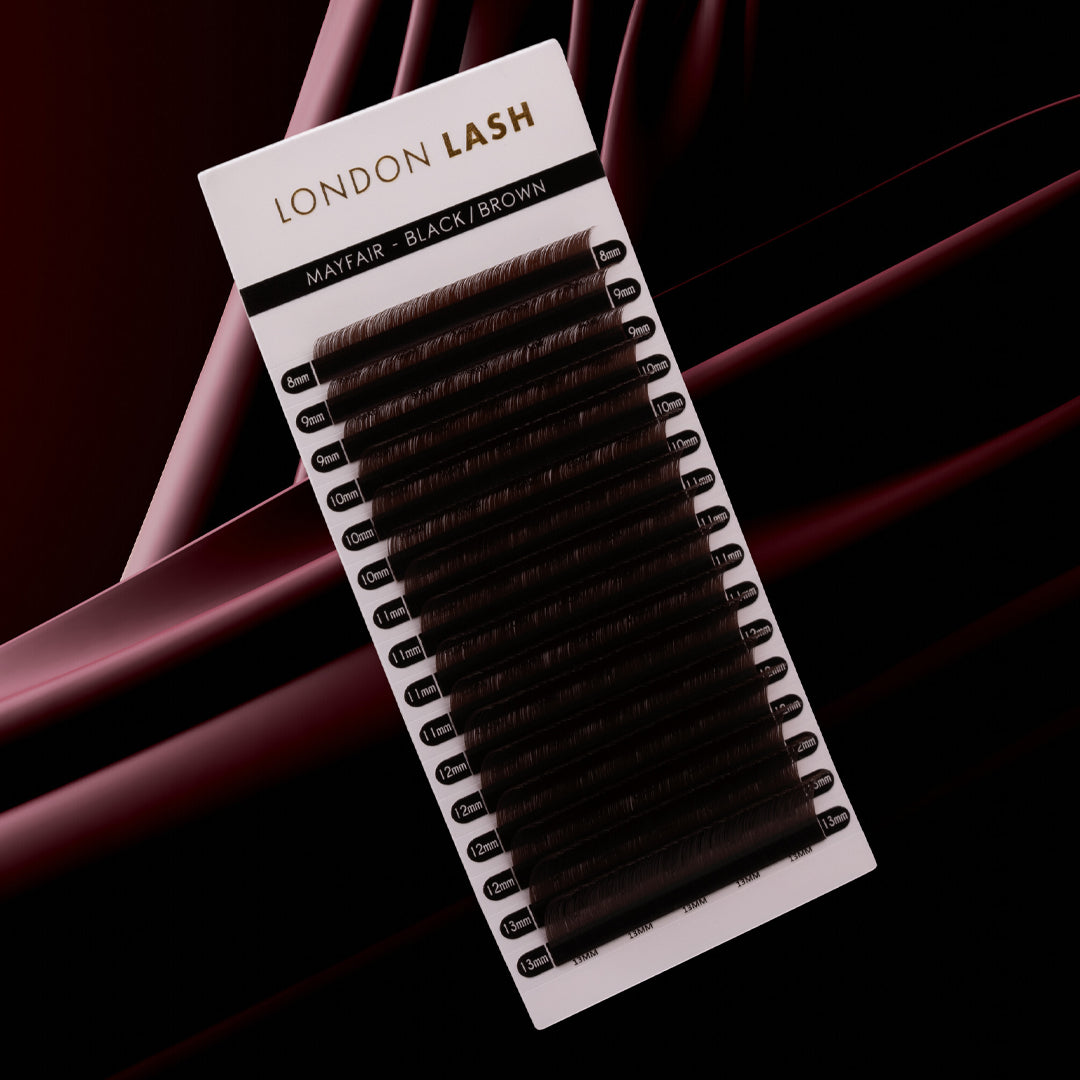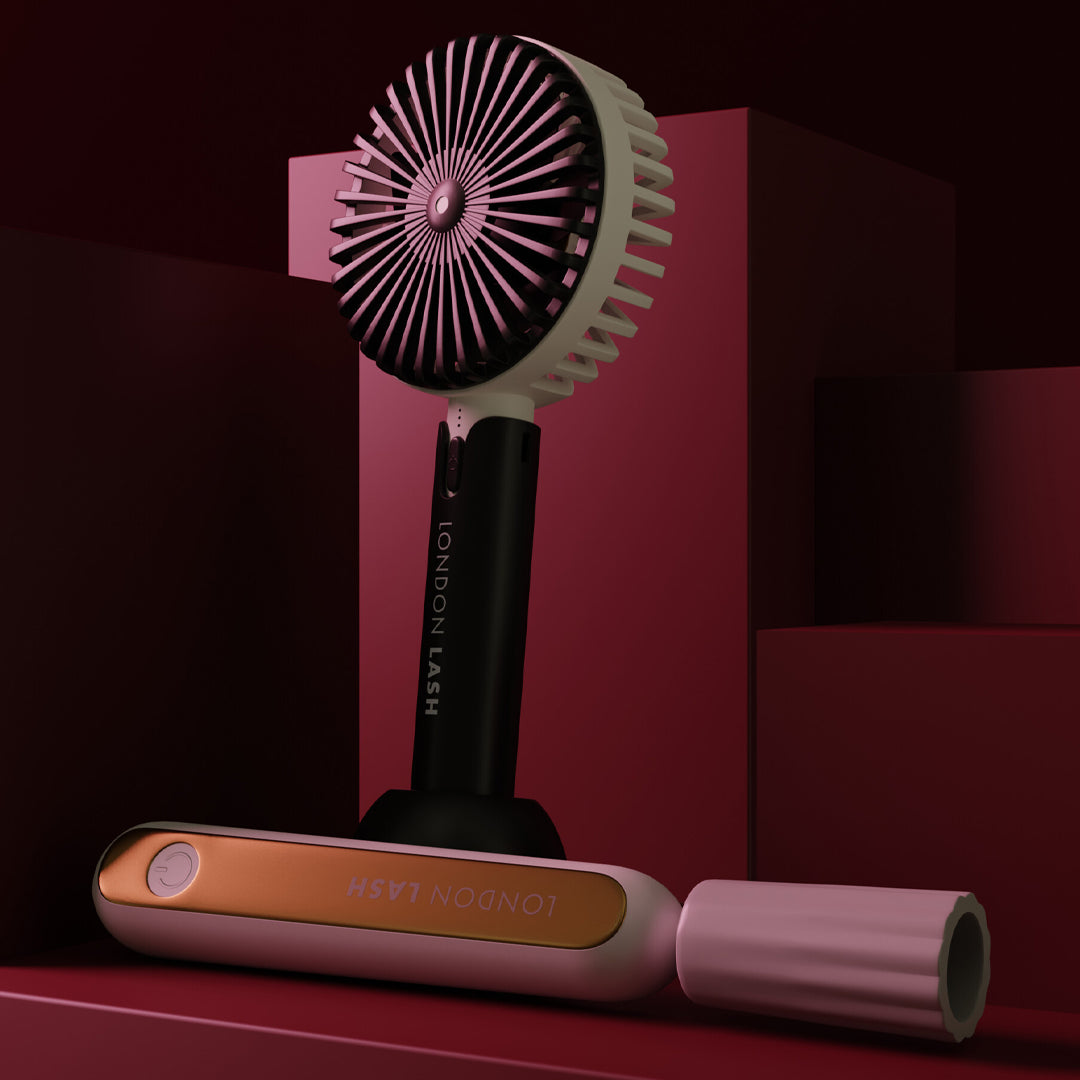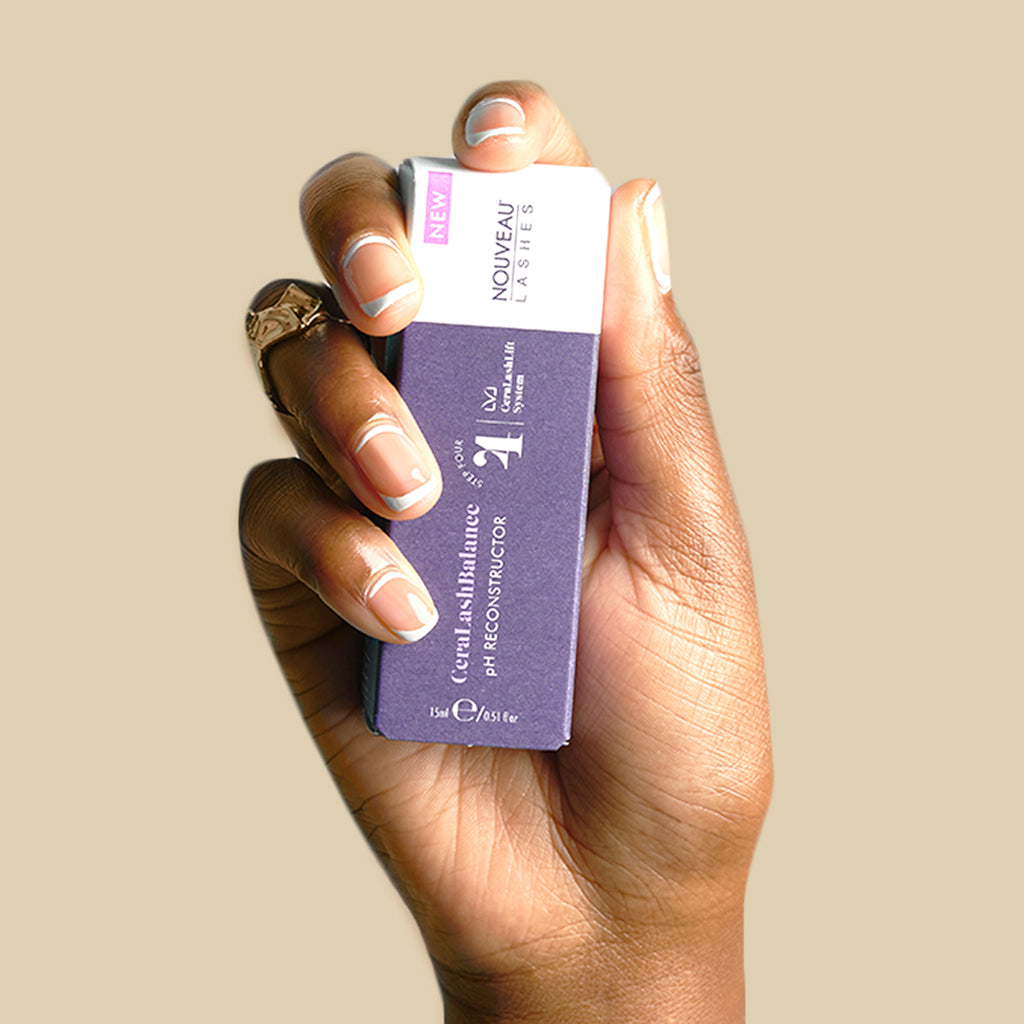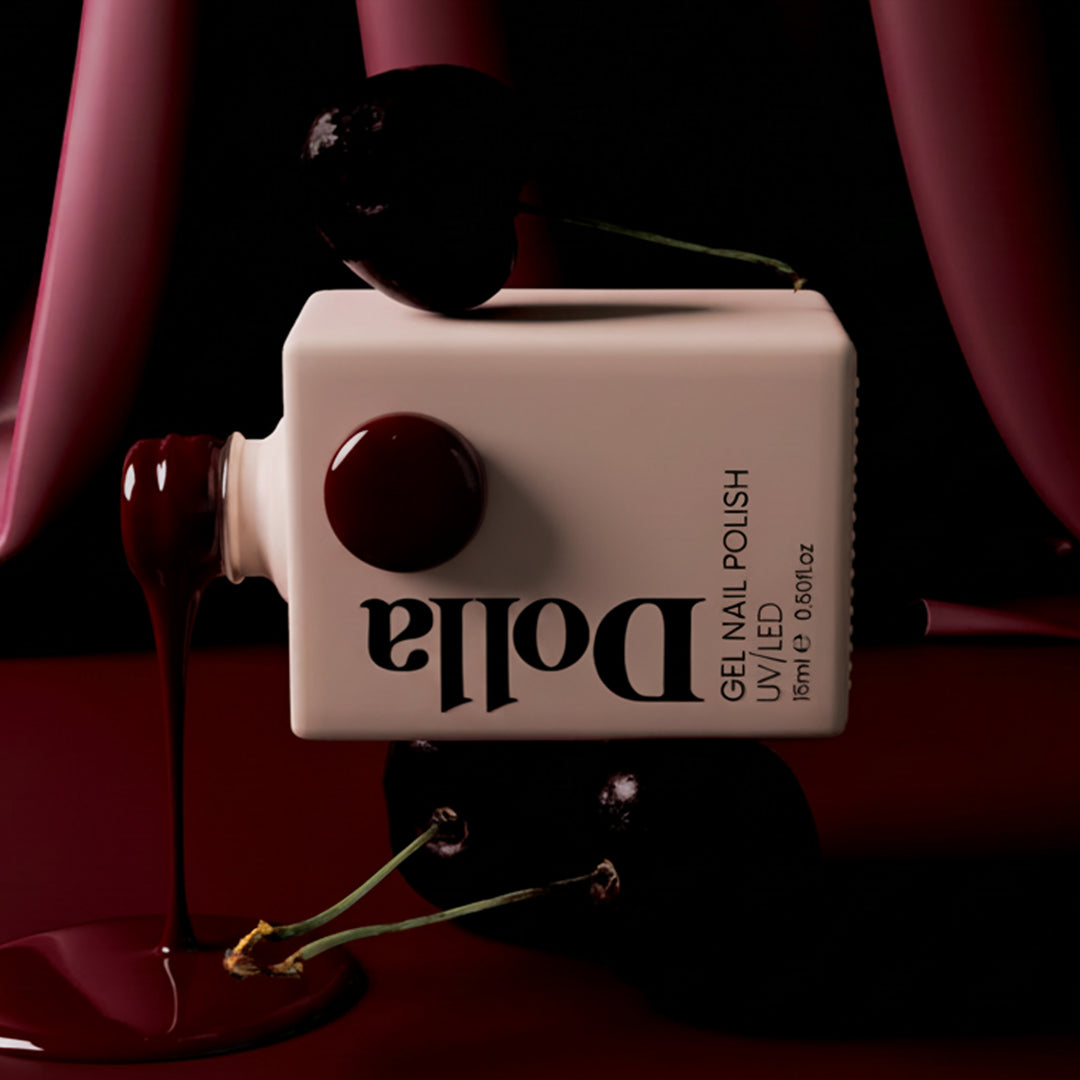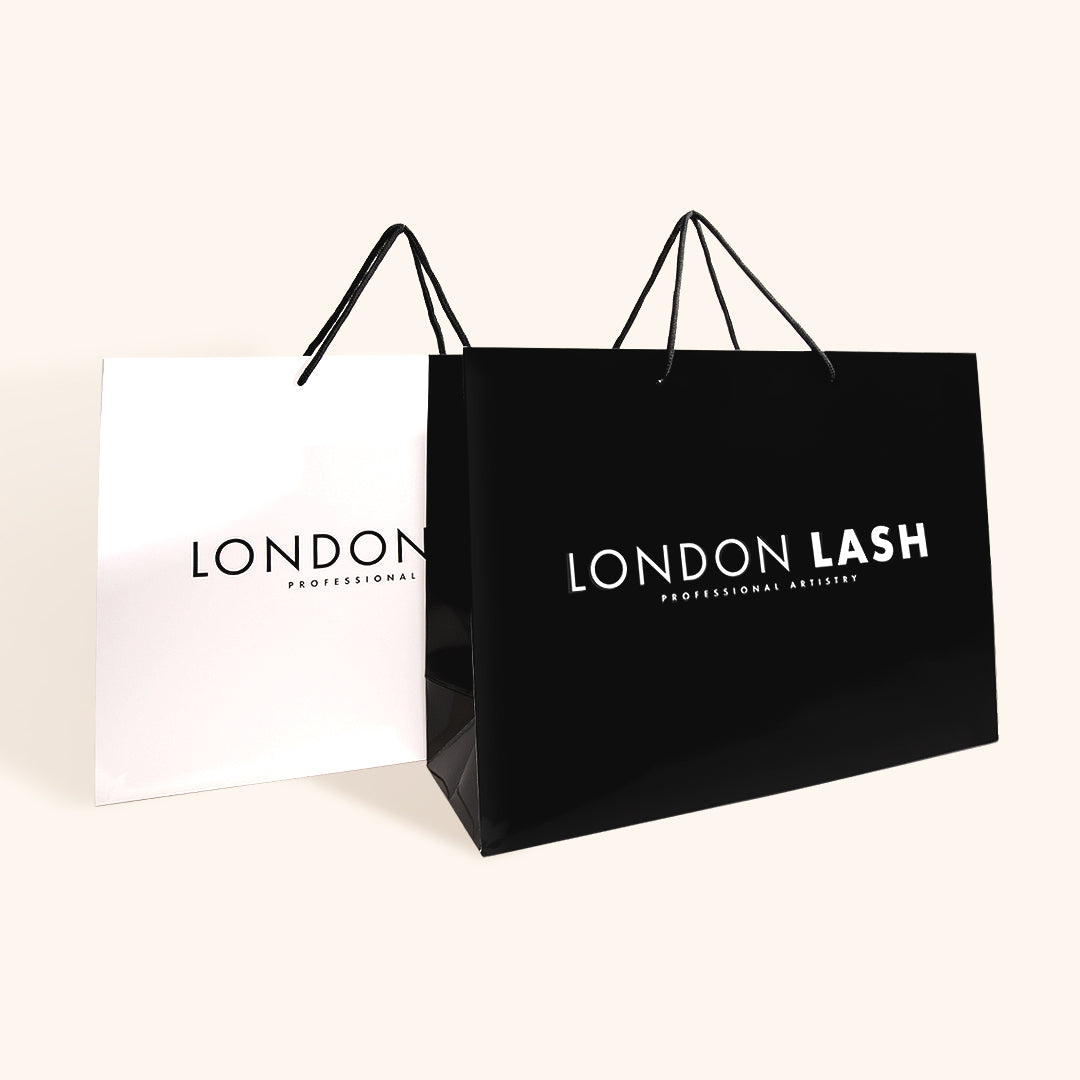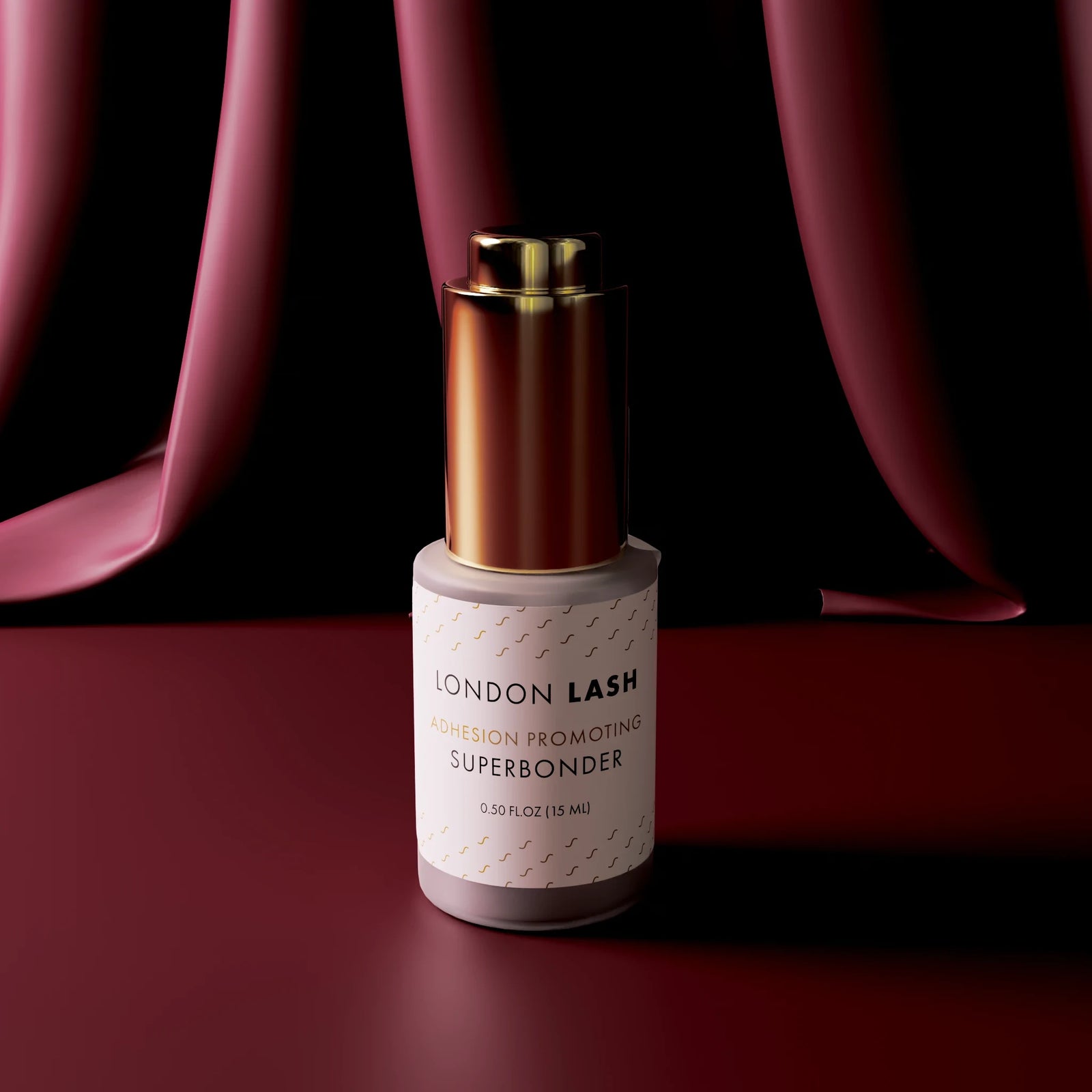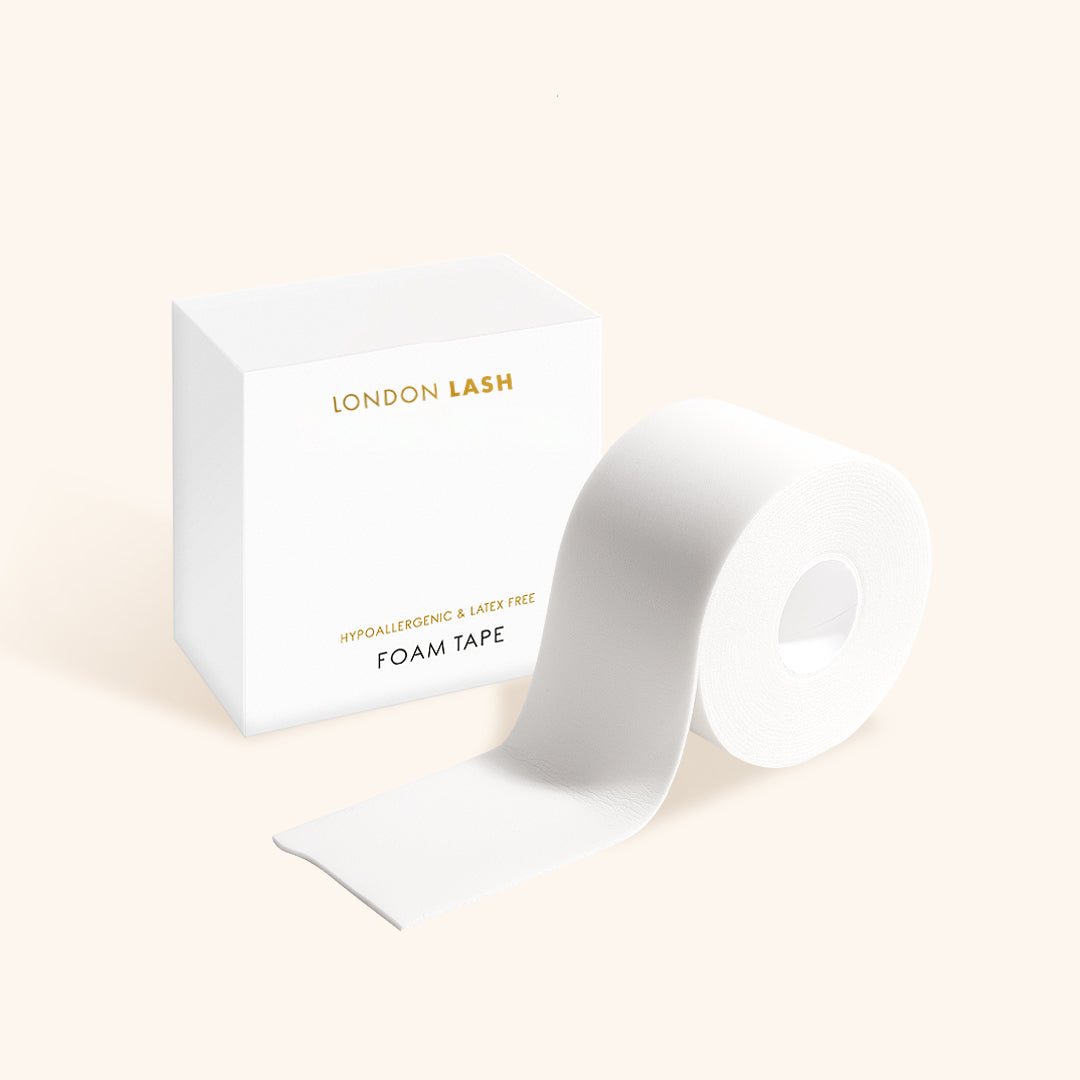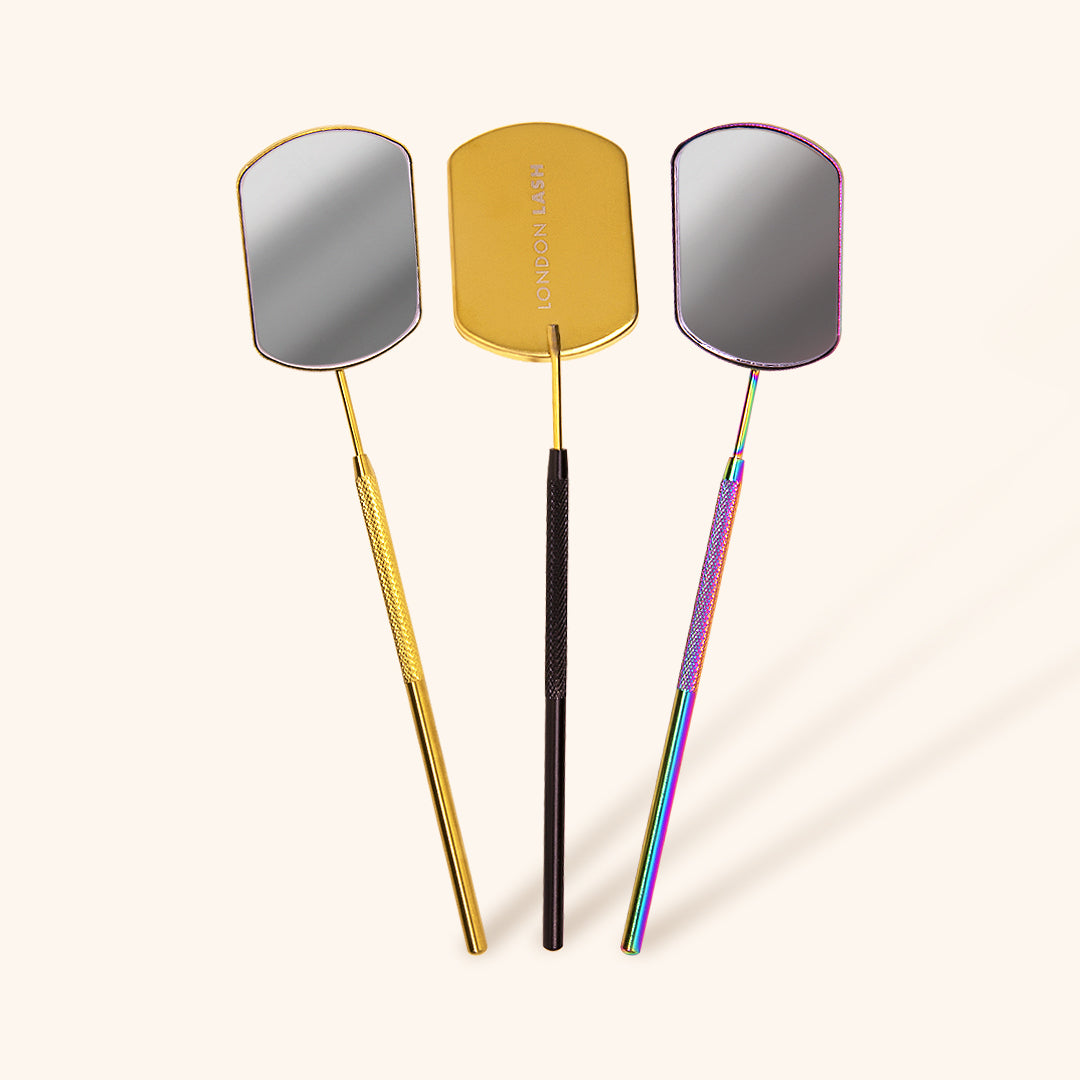New In
Glues & Liquids
Lashes
LASH LIFT
Dolla Nails Pro
Online Training
Save up to 57% off
Chemical Burn vs. Allergic Reaction
April 13, 2021 6 min read

Chemical Burn vs. Allergic Reaction: A Lash Extensions Guide
We’ve all had that heart stopping moment when a client messages us the day after a lash set and says ‘I’ve had an allergic reaction!’ followed by a slew of photos of their swollen, red, itchy eyes!
But what is the difference between allergic reactions and chemical burns? What can be done to combat them, and who is most likely to experience them?

First things first, we should talk a little bit about what our clients are actually allergic to because, spoiler alert, it’s not the lashes! It’s not like this is a groundbreaking, mind blowing thing to say - it’s been YEARS since eyelash extensions have been made from a hypoallergenic fibre called PBT and not - like the names often suggest - Silk, Mink or Cashmere. We went into a bit more detail about this in an earlier blog post, but to keep a long story short - these are names simply to highlight that there is a different appearance to the finish of the lashes (shiny, matte, flat, etc.)

The most common culprit of allergic reactions and chemical burns is the glue. More specifically, cyanoacrylate. You’ll know as well as anyone that cyanoacrylate is the main ingredient in any lash glue - it’s what makes the glue stick, basically. It also happens to be a pretty strong chemical so can cause irritation in some circumstances.

How do you tell one apart from the other? To put it simply, Chemical Burns are inside the eye - you’ll notice redness of the eyeball as they will be bloodshot, whilst Allergic Reactions are on the outside of the eye - they will cause the eyelids to swell up and become uncomfortable.

Who Can Get Chemical Burns?
In short, anyone. A chemical burn is a direct result of the eyes being open during treatment - if your client gets up to check their phone part way through; if their eyes are flickering because they’re a caffeine fiend (aren’t we all?) or because they’re chatty; if you were resting on the eyepatch with your isolation tweezers too hard and pushing the lower eyelid down (it’s easily done); or because they have bulbous eyes that won’t completely close.
How Can You Help?
- Advise that they avoid caffeine for at least an hour prior to treatment - this will prevent their eyelids from flickering, and may also cause them to fall asleep, which will also prevent them from chatting so much.
- Weigh down the top eyelid with foam tape or a sanitised coin to prevent it from moving too much and opening up during treatment.
- Use foam tape instead of eyepatches under the eyes to prevent the fumes getting into open eyes - the extra thickness of the foam tape helps a lot with this, especially on clients with more prominent eyes!
- Double check the placement of eyepatches. Eyepatches or tape being placed too high can cause discomfort which can make your client automatically open their eyes.
- Use a lash mirror to check that the eyes are fully closed during treatment
- Lighten the pressure on your isolation tweezers - this is so common and takes a little bit of practice but the more you take notice of this, the better!
- Have them silence all alarms and their phone - this is a relaxing time, after all!

What Do We Do When Chemical Burns Happen?
There is little which can be done, and no quick fix for these. The redness will go down within a few days and often looks worse than it actually feels. It will feel sore and dry, so directing your client to a pharmacist is a good idea to see if your client is worried or experiences a bit of discomfort. Remember that as we are not doctors, we should never recommend our client any medicine - even eye drops!
If Someone Has a Chemical Burn, Can They Have Lashes Again?
Yes! Just make sure their eyes are closed. Keep in mind that if the chemical burn will be happening every time your client is having her lashes done, she may become more prone to allergic reactions. That is why it is so important to avoid chemical burn!

Who Can Have Allergic Reactions?
Again, everyone. It’s actually more likely that your client of 5 years who has never reacted will send you this text than the person who came to you for the first time last week who’d never had lashes before. I hear you - ‘What?! WHY?!’ because an allergy to chemicals is accumulative, it is the result of the body building up a reaction over time and eventually telling you ‘I don’t like this!’ - this is why if we’re doing bridal lashes for ANYONE, we do it at least one week before the wedding and infill if we have to - no full sets the day before. Can you imagine how horrible that would be?
That’s not to say EVERYONE will have a reaction, or that new clients won’t - some of us just do. It is simply a developed allergy that can happen at any point. I’ll use myself as an example for a moment. I am allergic to bananas, tomatoes, kiwis, latex, and mushrooms (did you know, these share a similar enzyme so it is common to be allergic to all of these if you are allergic to one!). I’m also allergic to milk. All of these things I have a slight allergy to, and as I’ve gotten older my allergies have changed. My allergy to mushrooms et al have gotten less severe, and my allergy to milk is getting worse (I may have to give up ice cream one day, I welcome your sympathy). Our cells are completely regenerating every few years so it’s not unusual for our bodies’ responses to stimuli to change.

What Can Be Done to Minimise This?
Well, not much to be honest. If they are allergic, they will react. Even if a client takes a break from lashes, you use slower drying glue (slower drying = less cyanoacrylate), you use faster drying glue (faster glue equals more cyanoacrylate, yes, but it also means less exposure to fumes over a prolonged period of time) or you use Superbonder (it cures the glue instantly after treatment, so again, less exposure to fumes), they may still react. It is very hard to predict IF and WHEN they will react, but the fact is that once they have reacted you should not provide any more treatment to them as it can only worsen the reaction.
But wait! I gave them a patch test!
Great! However, patch tests are never 100% accurate. When you carry out your patch test, you are applying a few extensions per eye but you are using far less glue in this case than you would be in a full set. You cover 10-20 lashes during a patch test, compared to 80-150 during a full set and that’s a huge difference in the exposure to glue fumes! Plus, as an allergic reaction is a developed allergy, they may be perfectly fine after a patch test and then after a few appointments, but then suddenly and unpredictably react one day.

What Can We Do When They React?
Advise that they visit a doctor or pharmacist ASAP to see if they can get some medicine to take the reaction down, but let them know that if they need the lashes removed they NEED to come back to you to have them removed as you have the proper product for this specific purpose. If you need to remove the lashes, go for cream remover as it is easier to place in a specific spot than gel, and won’t run at all. If the reaction is really bad and eyes are extremely puffy, it is better for the client to first calm the symptoms down by taking the medicine she got from the doctor, and then come to you for a removal. Why? Simply because if eyes are very swollen, they may cover the lashes, which will make the removal extremely difficult to perform and may add discomfort to an already suffering customer.
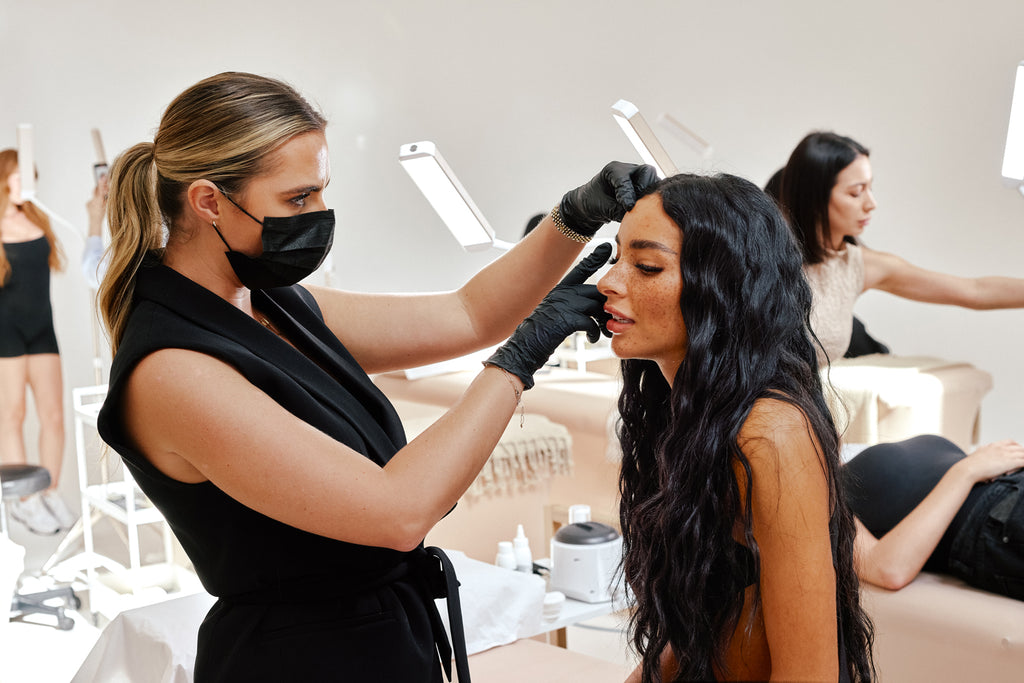
Can We Do Lashes Again for Someone Who Has Had a Reaction?
It’s best not to. We’ve gone over this kind of reaction being accumulative, which means that each subsequent reaction is likely to be worse, and not be dramatic, but if the body becomes super allergic to something, it can go into anaphylaxis as a result - that’s DEFINITELY not what any of us want! Also, the majority of insurance providers will not cover you in this situation, as you will be performing a treatment, being aware of a contraindication to the treatment.
If your client is adamant about having lashes again, give them at least a 6 month break from lashes, and then try a half set. Exercise caution here, because it is so risky! And remember that even a break will not guarantee that the allergic reaction will not happen. Alternatively, you can offer your client a lash lift treatment to enhance their lashes - this way you are still keeping the client with you and they have the chance to discover more amazing treatments in your menu!

Hopefully this helps clear us some confusion which may exist surrounding both chemical burns and allergic reactions - they happen to us all but they’re never nice to deal with!
Check out these featured products
Subscribe
Sign up to get the latest on sales, new releases and more …

